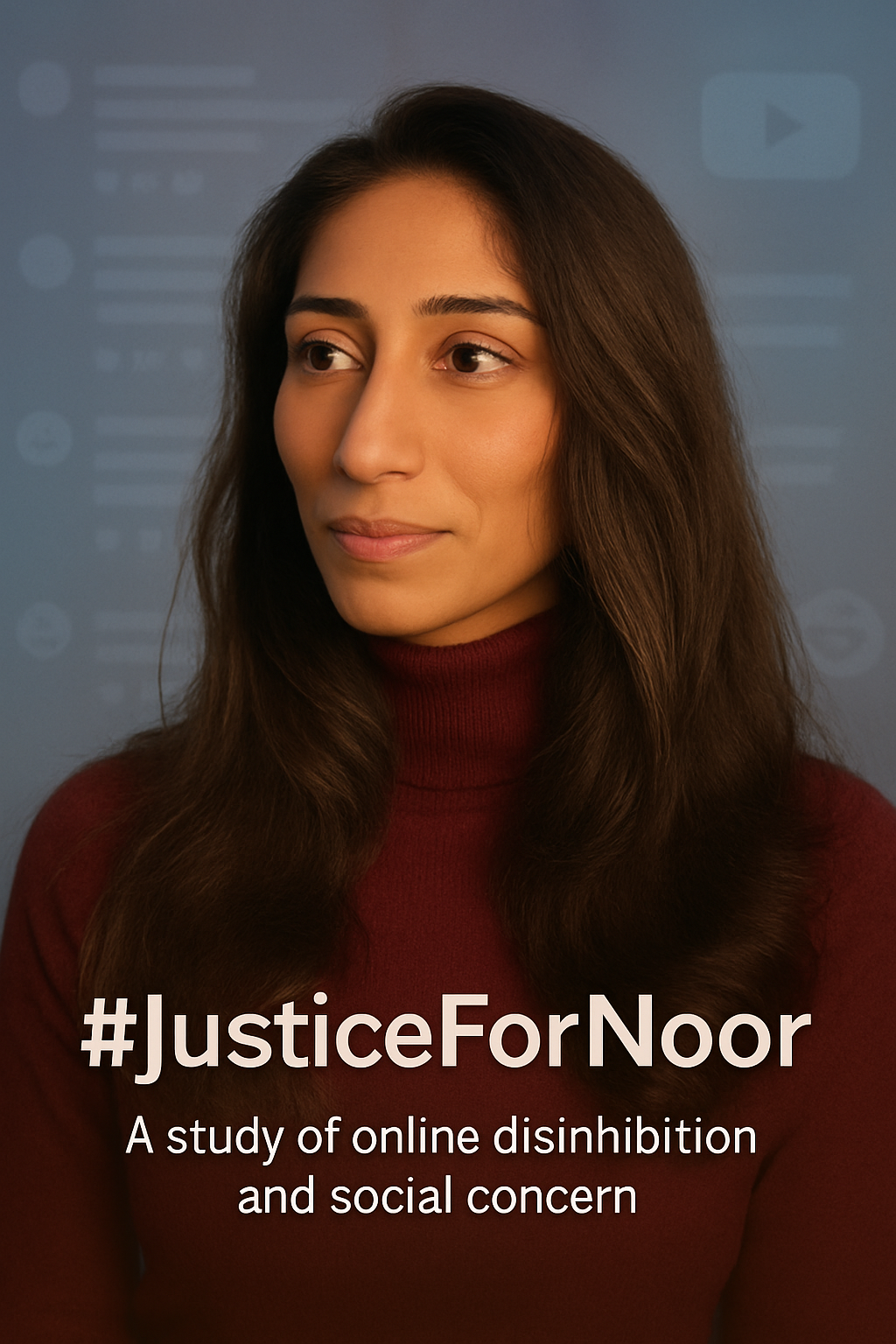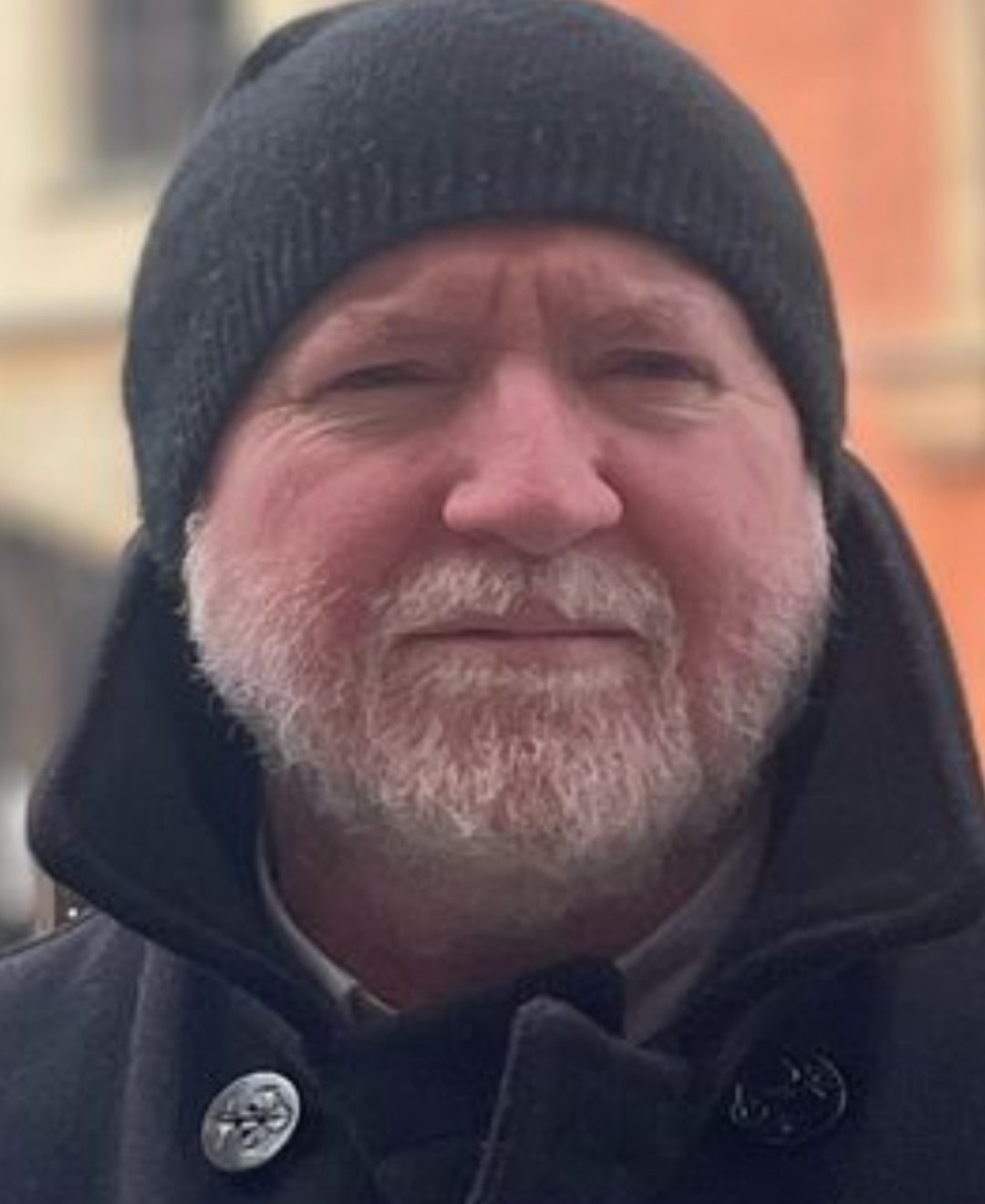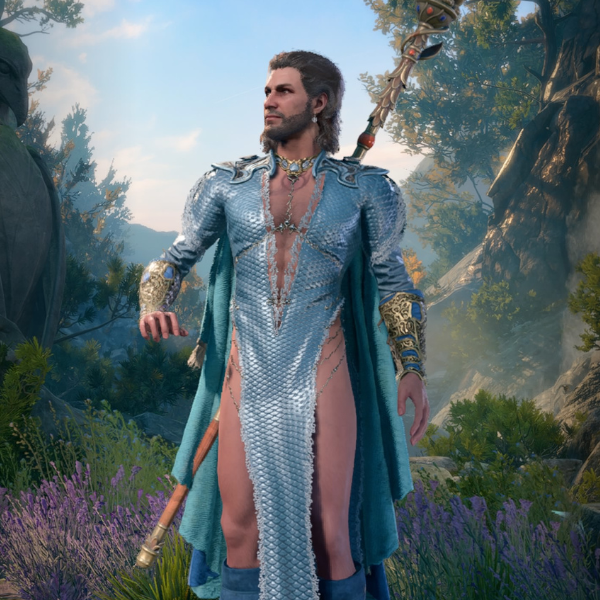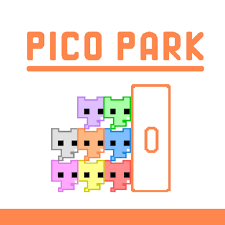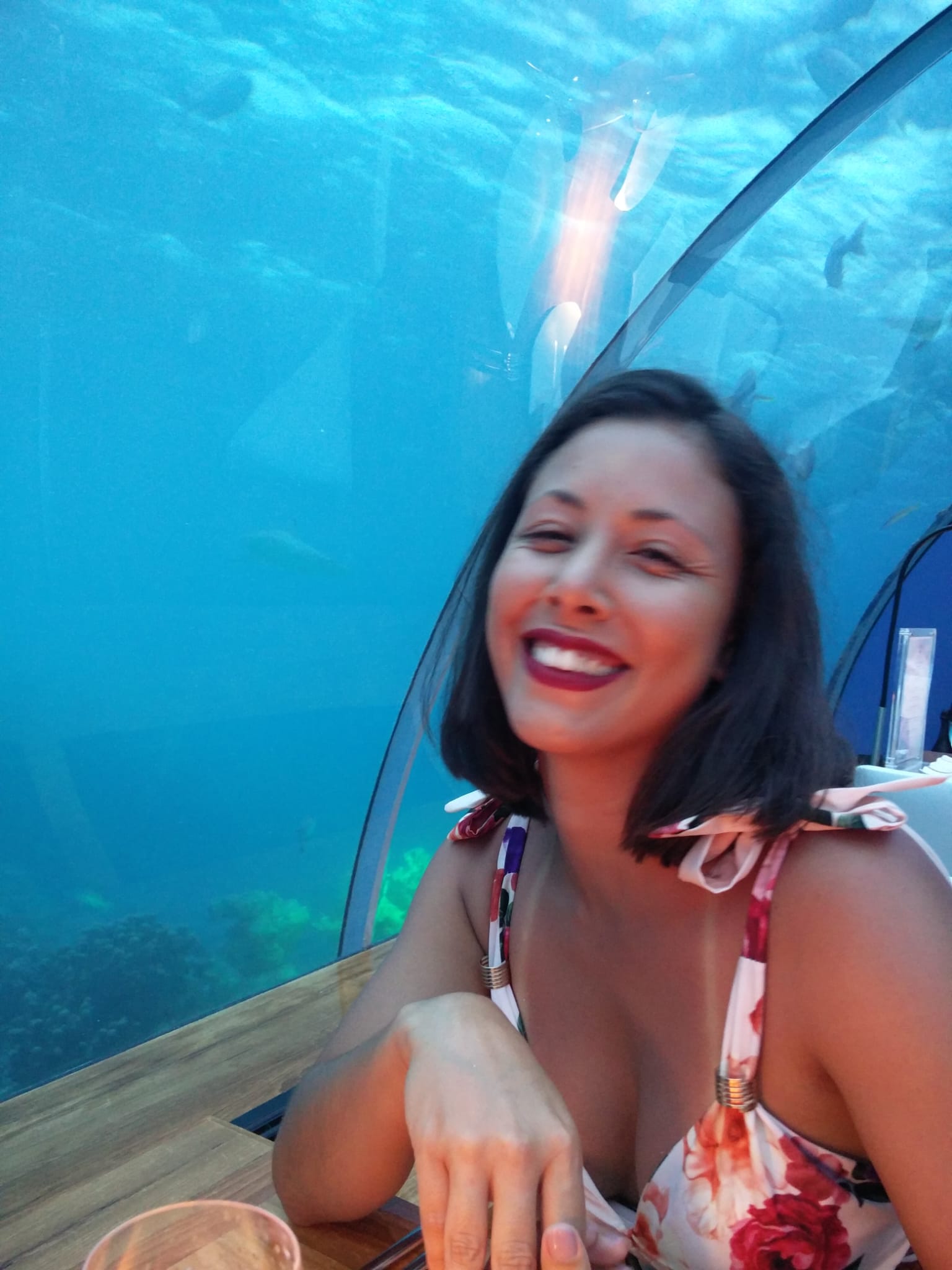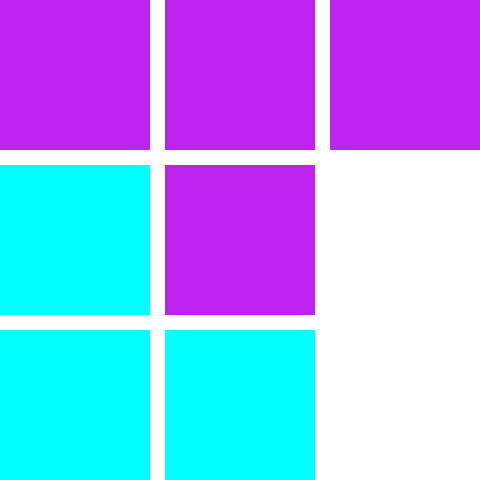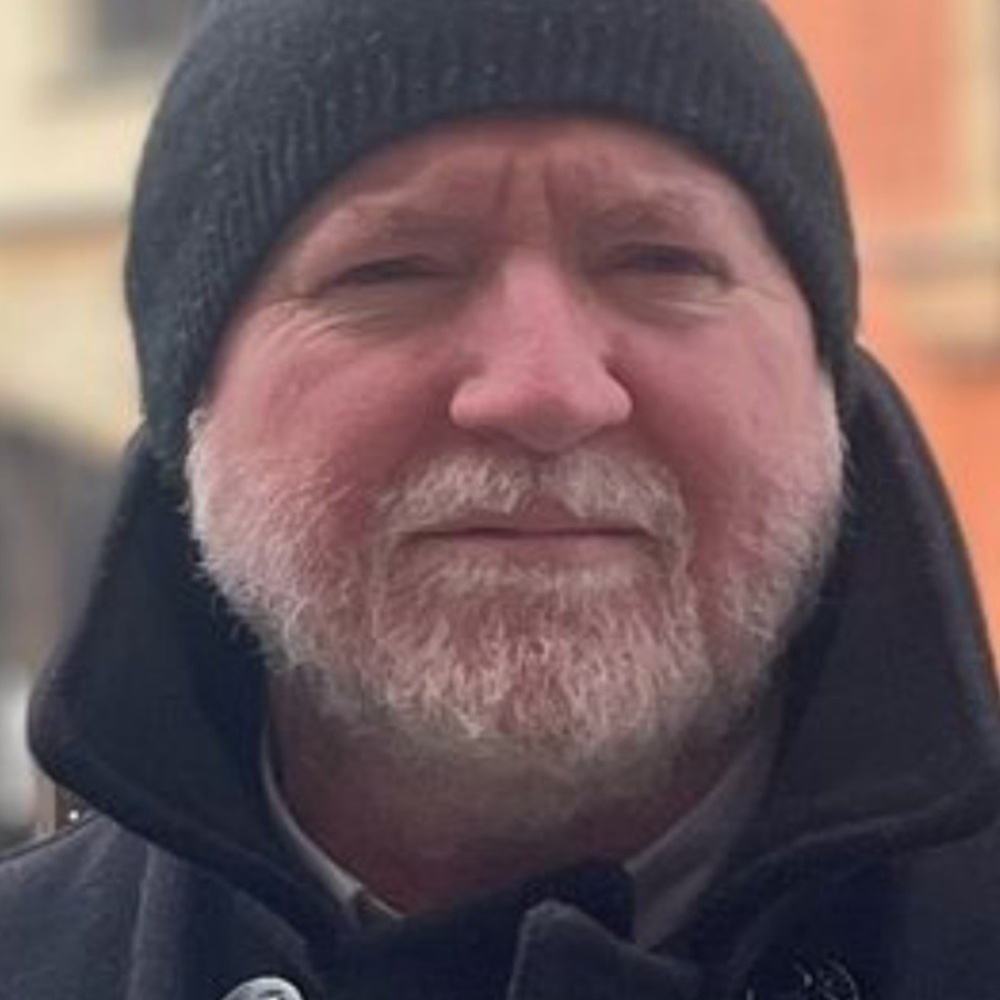
Paul Meagher
The purpose of this research was to investigate, measure and compare Intrinsic Motivation and Flow with early school leaving students engaged in a VR environment compared to a traditional classroom setting. This study attempted to contribute to the understanding of how VR technology can be effectively integrated into mainstream education to enhance Flow and Intrinsic Motivation with early school leavers. It has been suggested VR in the classroom may heighten Intrinsic Motivation and lead to increased Flow while promoting a more positive attitude towards learning. Immersive experiences may have the potential to allow students to have more control over their learning activities and can increase their engagement
This experimental research was driven by the hypothesis that interactive VR environments can better capture students’ Intrinsic Motivation, contributing to a deeper state of Flow. The significance of this research is, in part, due to its participants. They comprise a unique and under-represented demographic, early school leavers, in a community education setting. It has been noted by the researcher that there is a significant gap in current literature, and comparative studies, relating to this demographic and VR.
My research provides statistical evidence that immersive VR can significantly enhance both Flow and Intrinsic Motivation among early school-leavers who have returned to education within a Community Training Center. The results indicate that participants who experienced a session in a VR environment using VR head mounted displays reported significantly higher levels of Flow and Intrinsic Motivation compared to those in a traditional classroom setting. These findings concur with previous research, reinforcing the potential of VR as an effective educational tool, particularly in alternative education settings where engagement and motivation are often challenging to sustain. Increased Flow and Intrinsic Motivation may be predictors of positive learning outcomes.
The strong positive correlation between Flow and Intrinsic Motivation reinforces the interconnected nature of these psychological states, supporting the idea that engaging, immersive experiences not only captivate learners but also enhance their self-driven interest in the subject matter.
To address a gap in current literature, this experimental study examined the impact of a VR intervention on Flow and Intrinsic Motivation among early school leavers aged 16-20 years in a Community Training Centre (CTC). It was a comparative study based on a convenient sample with a total of n=20 participants (n10=VR group, n=10 control group) taking part in the study, with a gender distribution of n=10 female, n=9 male, n=1 preferred another description. Participants were divided into two groups, one experiencing an art appreciation session using HMD through a fully immersive/interactive VR art gallery (experimental group), and the other receiving traditional classroom instruction (control group) viewing the same paintings on A4 paper format. The Flow Short Scale measurement, and the Intrinsic Motivation Inventory, subscale, Interest/Enjoyment, comprising a total of 17 questions were both utilised.
Results indicated a statistically significant difference in Flow between the two groups, suggesting participants in the experimental group experienced significantly greater Flow than those in the control group. Results also indicated a statistically significant difference in Intrinsic Motivation between the two groups. This suggests participants in the experimental group experienced significantly greater intrinsic motivation than those in the control group.

I have dedicated my professional life to promoting education in art, psychology, science, and digital innovation. My journey began as a Peace and Reconciliation Facilitator with Cooperation North, I had the privilege of playing key roles in the peace process in Northern Ireland. This experience shaped my commitment to encouraging understanding and cooperation in challenging work contexts. A degree in Fine Art followed, which led to 35 years of teaching. I teach art, design, and science, integrating artistic principles with critical thinking (question everything) and scientific inquiry. My academic journey took a new direction with my MSc in Cyberpsychology, where I explored the complex relationships between Virtual Reality and education.


